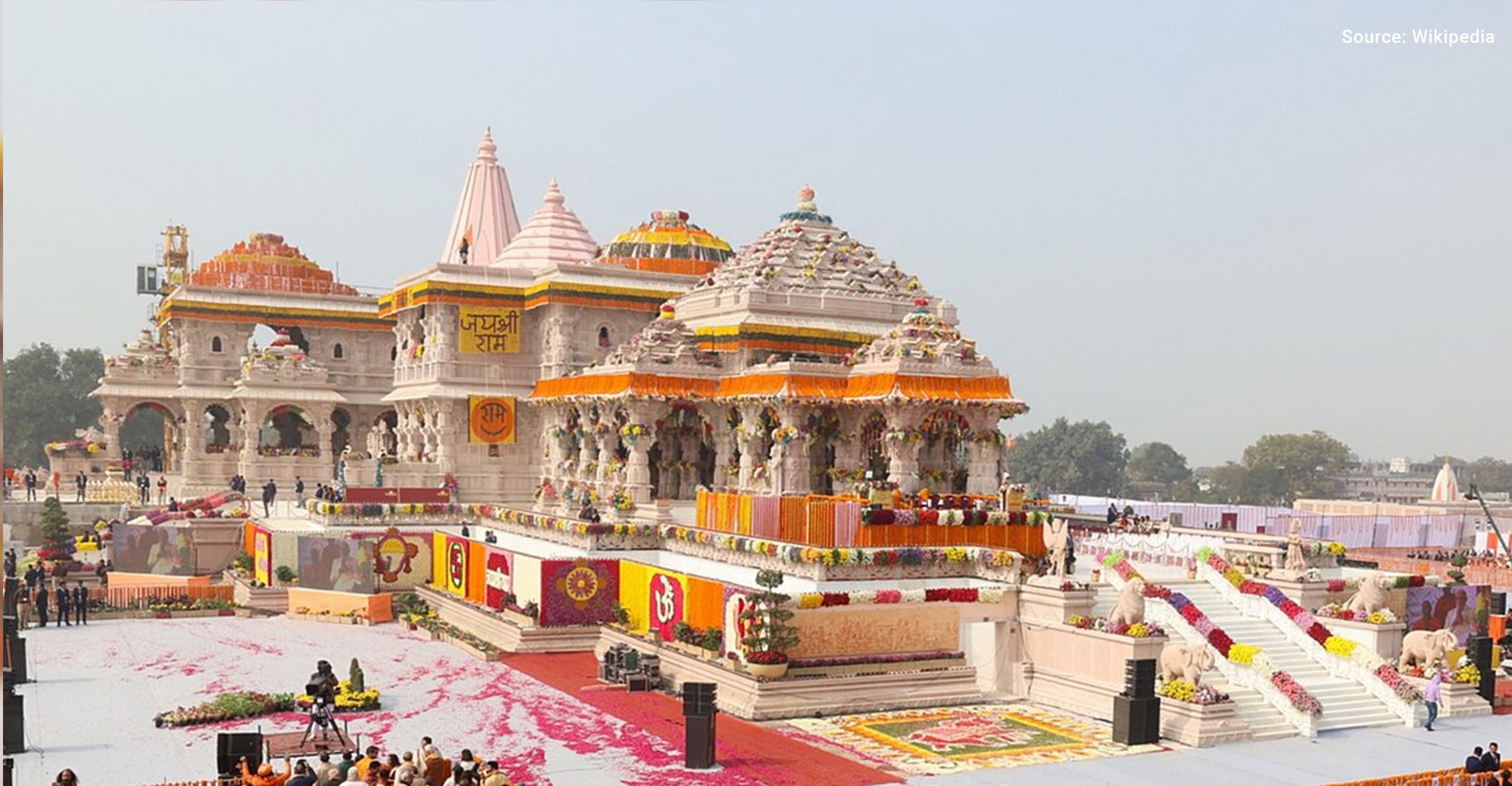Ram Mandir : In the heart of Bharat, amidst the sands of time, stands a monument that transcends mere bricks and mortar; it embodies the very soul of a nation.
This architectural marvel, now a symbol of faith and cultural heritage, bears witness to the indomitable spirit of Bharat and its timeless connection to its beloved deity, Lord Ram.
History of Ram Mandir
For centuries, the Ram Mandir has been more than just a place of worship; it has been a sanctuary for the devout and a beacon of hope for millions. Its significance goes beyond religious boundaries, encompassing the essence of Bharat’s rich cultural tapestry.
The archaeological history of the Ram Mandir is complex and fascinating. The site has been the subject of several archaeological excavations over the years, with each excavation revealing new insights into the history of the site.
One of the most significant excavations was carried out in 1975 by the Archaeological Survey of India (ASI). This excavation revealed evidence of a large structure that predated the Babri Masjid, the mosque that was built on the site in the 16th century. The ASI report stated that the structure was a temple that predated the mosque, and that the mosque was built on the remains of the temple.
This finding led to a legal battle over the ownership of the site, with Hindus claiming that the site was the birthplace of Lord Ram and that a temple should be built there, while Muslims claimed that the site was a mosque and should be retained as such.
In 1992, a group of Hindu activists demolished the Babri Masjid, sparking riots across the country. The demolition led to a long legal battle, with the Indian Supreme Court ultimately ruling in 2019 that the land should be given to Hindus to build a temple.
What Archaeology says about Ram Mandir
The excavation work carried out at the Ram Mandir site was one of the most significant archaeological projects in recent times. The scientific methods used in the excavation work helped to dispel myths and legends and uncover the true history of the site. This approach is crucial in situations like the Ram Mandir dispute, where religious beliefs and myths have clouded the judgment of many.
The archaeological history of the Ram Mandir is a reminder of the importance of using scientific methods in archaeology and history. It also highlights the need for unbiased research and the importance of preserving historical sites for future generations. The Ram Mandir dispute is a reminder of the complex and often contentious nature of India’s rich history, and the importance of understanding and preserving it for future generations.
In conclusion, the archaeological history of the Ram Mandir is a fascinating and complex topic. The excavation work carried out at the site has helped to uncover the true history of the site and dispel myths and legends. More investment and attention are needed in archaeological research in India to ensure that all historical sites receive the attention and resources they deserve. The Ram Mandir dispute is a reminder of the importance of using scientific methods in archaeology and history, and the need for unbiased research to uncover the truth about our past.
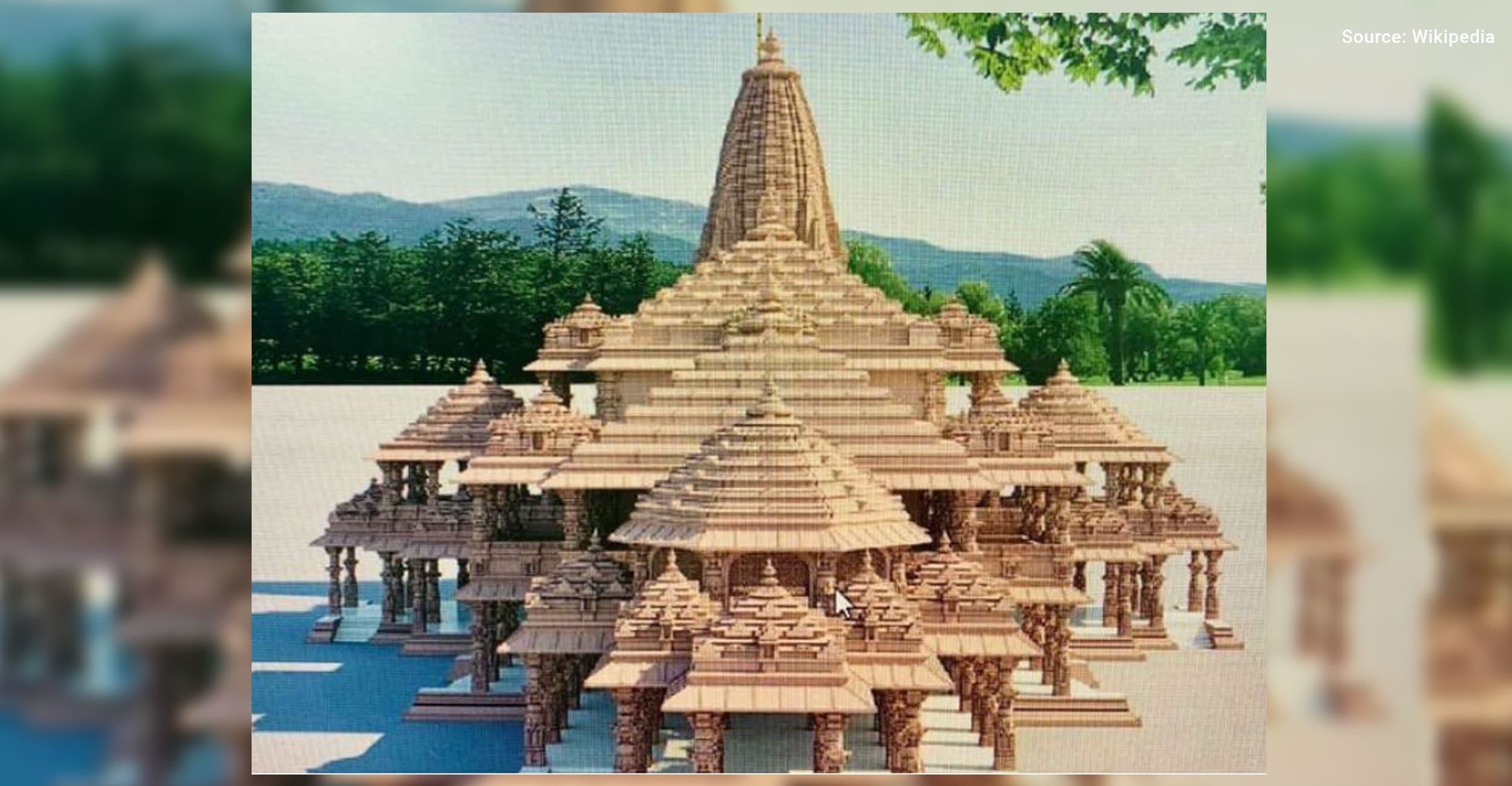
The journey of the Ram Mandir is a testament to Bharat’s resilience, echoing its struggles against centuries of oppression. From the Mughal era to British imperialism, Bharat endured countless trials. Yet, the flame of faith burned bright, keeping the dream of a grand temple dedicated to Lord Ram alive.
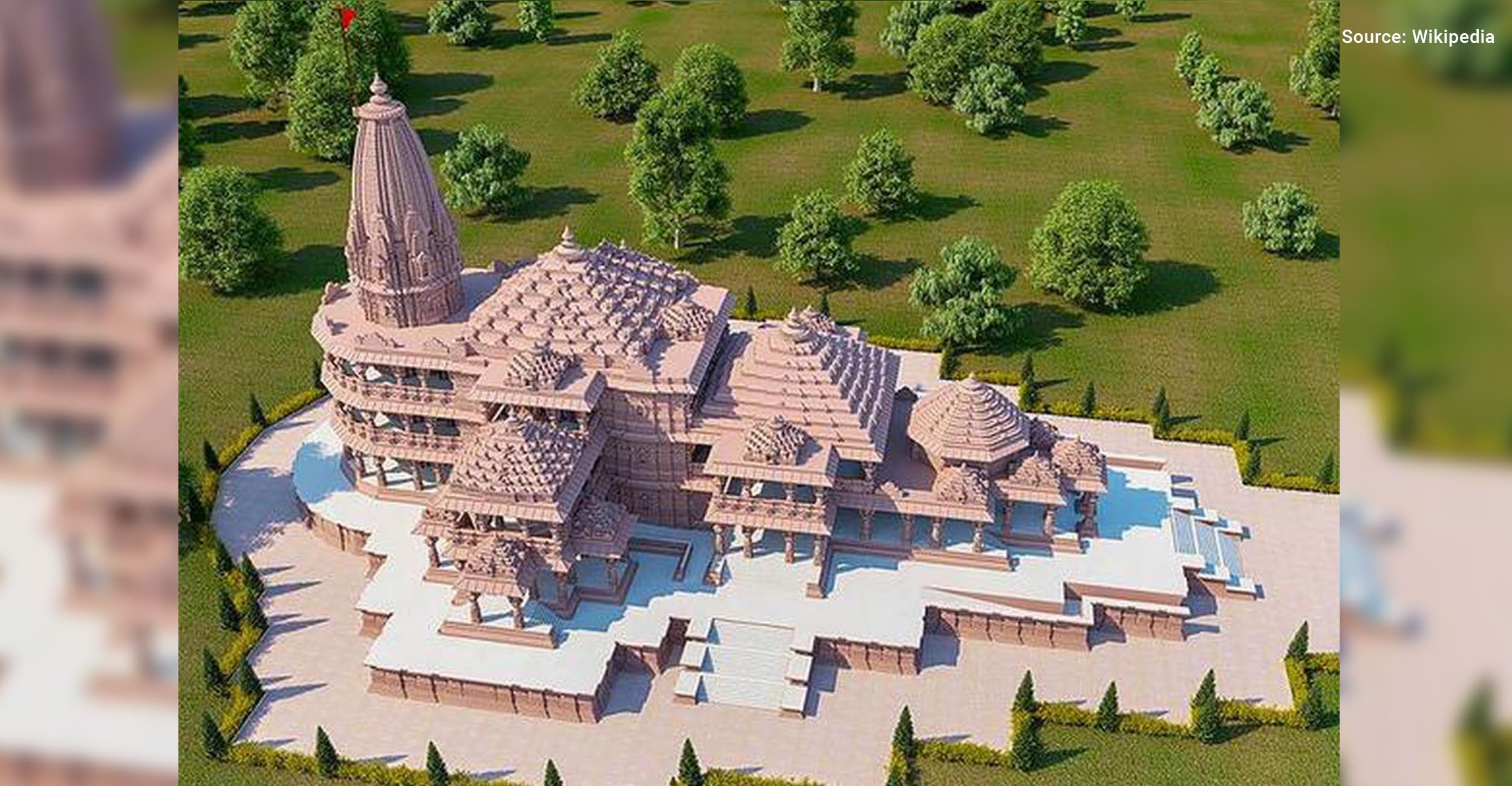
The saga of the Ram Mandir is intertwined with Bharat’s history, reflecting the triumph of the human spirit over adversity. Its reconstruction is a testament to Bharat’s unwavering commitment to reclaiming its cultural heritage and restoring the glory of its past.

As we witness the culmination of this historic endeavour, let us not forget the sacrifices of those who came before us, who toiled and struggled to ensure that the dream of the Ram Mandir became a reality. Their legacy lives on in every brick laid and every prayer offered within its sacred precincts.
The Ram Mandir reminds all Bharatiyas of our shared heritage and the values that bind us together as a nation. It is a testament to the enduring power of faith and the resilience of the human spirit.
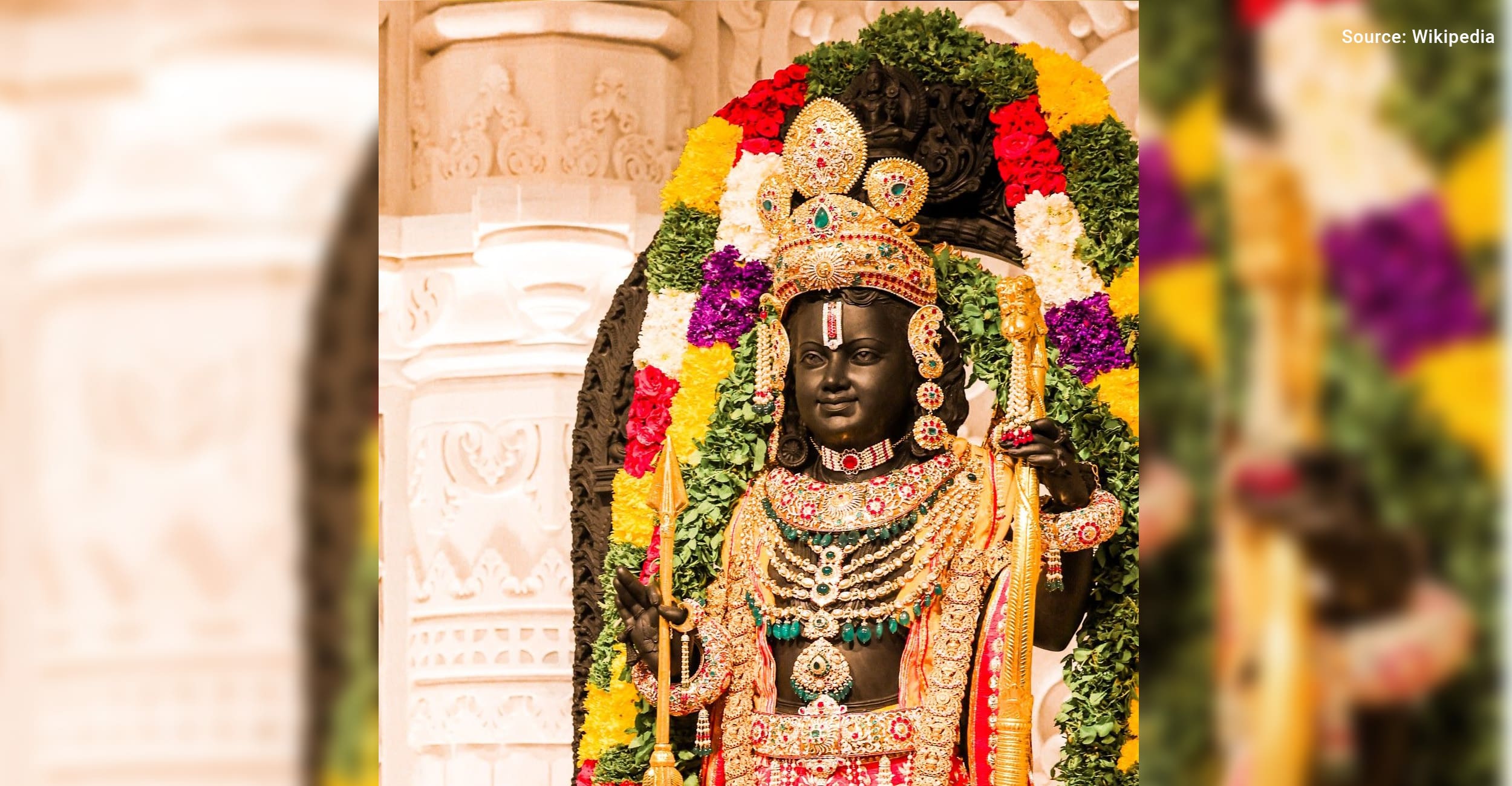
As we bow our heads in reverence before Lord Ram’s divine abode, let us collectively take pride in our shared heritage and vow to protect and preserve it for generations to come. The Ram Mandir is not just a temple; it is a living testament to the eternal spirit of Bharat and its timeless quest for truth and righteousness.
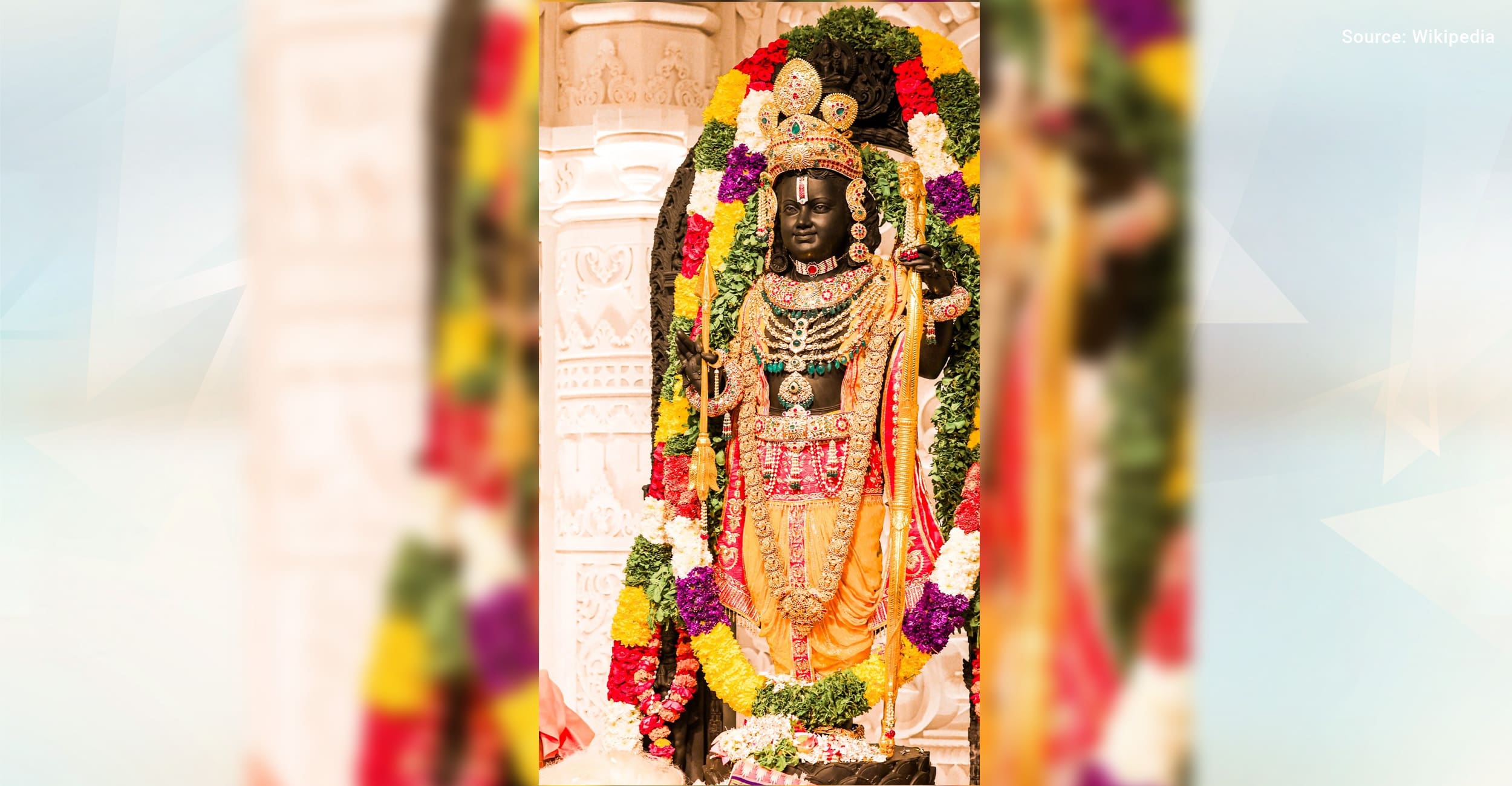
In commemorating the significance of the Ram Mandir, we must acknowledge the struggles faced by our ancestors under foreign rule. The Mughal and British regimes sought to suppress Bharat’s cultural identity, attempting to erase our traditions and beliefs. Yet, despite their efforts, the spirit of Bharat remained unyielding.
The construction of the Ram Mandir marks a pivotal moment in Bharat’s history—a moment of resurgence and revival. It symbolizes our collective resolve to reclaim our heritage and celebrate our cultural legacy. The temple stands not only as a place of worship but as a monument to Bharat’s unwavering resilience in the face of adversity, inspiring us all.

Moreover, the Ram Mandir serves as a beacon of unity, bringing together people from all walks of life in reverence and devotion. It transcends barriers of caste, creed, and religion, embodying the inclusive ethos of Bharat, making everyone feel a part of it.
As we look upon the majestic spires of the Ram Mandir, let us remember the sacrifices of those who fought tirelessly for its reconstruction. Their dedication and perseverance have ensured that future generations will continue to draw inspiration from this sacred edifice.
Ram Mandir is not merely a stone-and-mortar structure but a testament to Bharat’s enduring spirit and cultural heritage. Its significance resonates deeply within the hearts of all Bharatiyas, serving as a reminder of our shared history and the values that bind us as a nation. Let us cherish and protect this invaluable treasure, ensuring it continues to shine brightly as a symbol of faith, unity, and resilience for centuries to come.
Ayodhya Temples: Famous Temples In Ayodhya To Visit Near The Ram Mandir
Ayodhya, a city steeped in the timeless tales of mythology, holds a special place in the hearts of devotees from across the globe. While the Ram Temple is undoubtedly one of the top Ayodhya temples, the city boasts several other temples you can visit on your tour packages. As you embark on a journey to explore the religious tapestry of Ayodhya, here are the top temples that should be a must-visit for Ayodhya tourism.
1. Hanuman Garhi
Perched atop a hillock, Hanuman Garhi is one of the most revered temples in Ayodhya. Dedicated to Lord Hanuman, the ardent devotee of Lord Rama, this Ayodhya heritage temple complex is a vibrant hub of activity. With its distinctive architecture and a massive statue of Lord Hanuman, that stands as a guardian at the entrance, this temple is a must-visit on your trip.
Devotees believe visiting Hanuman Garhi brings strength, courage, and protection from evil forces. The panoramic view of Ayodhya from the temple premises adds to the spiritual experience. This is one of the top Ayodhya temples to visit, so make sure to add it to your list.
2. Kanak Bhawan
Kanak Bhawan, also known as Sone-ka-Ghar, is a temple dedicated to Lord Rama and Goddess Sita. The uniqueness of this Ayodhya heritage temple lies in its legend, which suggests that the temple deity images were gifted to Sita by her mother before her marriage. The temple underwent reconstruction during the 19th century, and today, it stands as a symbol of marital bliss and prosperity. The intricate carvings and vibrant frescoes inside the temple provide a visual feast for devotees and art enthusiasts alike. After you visit the Ayodhya Ram Temple, visit the Kanak Bhawan for an immersive experience.
3. Treta Ke Thakur
Treta Ke Thakur, nestled on the banks of the Sarayu River, is another significant temple in Ayodhya. It is believed to be the site where Lord Rama performed the Ashwamedha Yagna after his triumphant return to Ayodhya. The temple is adorned with beautiful sculptures and inscriptions that narrate the tales of the Ramayana. The serene surroundings and the spiritual ambience make Treta Ke Thakur a tranquil retreat for devotees seeking a deeper connection with Lord Rama.
4. Nageshwarnath Temple
Dedicated to Lord Shiva, the Nageshwarnath Temple holds a unique place in Ayodhya’s religious landscape. Legend has it that Lord Rama himself installed the Shiva Linga in this temple before embarking on his journey to Lanka. The temple attracts devotees, especially during the festival of Shivratri, when the premises come alive with religious fervour. The ancient architecture and the spiritual aura make Nageshwarnath Temple a must-visit destination for those exploring Ayodhya’s diverse religious landscape.
5. Swarg Dwar
Swarg Dwar, also known as the ‘Gateway to Heaven,’ is a sacred spot where it is believed that Lord Rama ascended to heaven. The temple complex is adorned with intricate carvings and sculptures that depict scenes from the Ramayana. Devotees flock to Swarg Dwar to offer their prayers and seek blessings for a blissful afterlife. The serene atmosphere and the historical significance of the site make it an important destination for those seeking a connection to the divine.
6. Ram Ki Paidi
While not a traditional temple, Ram Ki Paidi holds immense religious significance in Ayodhya. It is a series of ghats along the Sarayu River where devotees take a ritual dip, especially during religious festivals. The ghats are illuminated during the evening, creating a magical ambience. Devotees believe that taking a dip in the holy river at Ram Ki Paidi cleanses the soul and brings spiritual purification.
Things To Keep In Mind When Visiting Ayodhya
When visiting Ayodhya, there are several important considerations to keep in mind to ensure a smooth and respectful experience:
Discover the Sacred: Ayodhya is a city of profound religious significance. Immerse yourself in the sanctity of temples and other religious sites. Remember to adhere to any specific dress code or guidelines provided at these places.Embrace cultural Sensitivity: Ayodhya is a city rich in customs and traditions. Show respect by greeting locals in their language and seeking permission before capturing their moments. This not only fosters a positive cultural exchange but also enhances your experience of Ayodhya.Weather Conditions: Ayodhya experiences different seasons, so check the weather forecast before your trip. Bring appropriate clothing to stay comfortable, especially during the summer and monsoon seasons.
Local Cuisine: Ayodhya offers a variety of regional cuisine. While trying local delicacies, be cautious about street food hygiene.
Ayodhya’s religious landscape is a rich tapestry of devotion, mythology, and spirituality. The top temples in and around the Ayodhya Ram Temple offer a holistic pilgrimage experience, inviting devotees to immerse themselves in this sacred city’s timeless stories and culture. Each temple’s unique legends and architectural splendour contribute to the spiritual beauty that makes Ayodhya a haven for divinity seekers.




